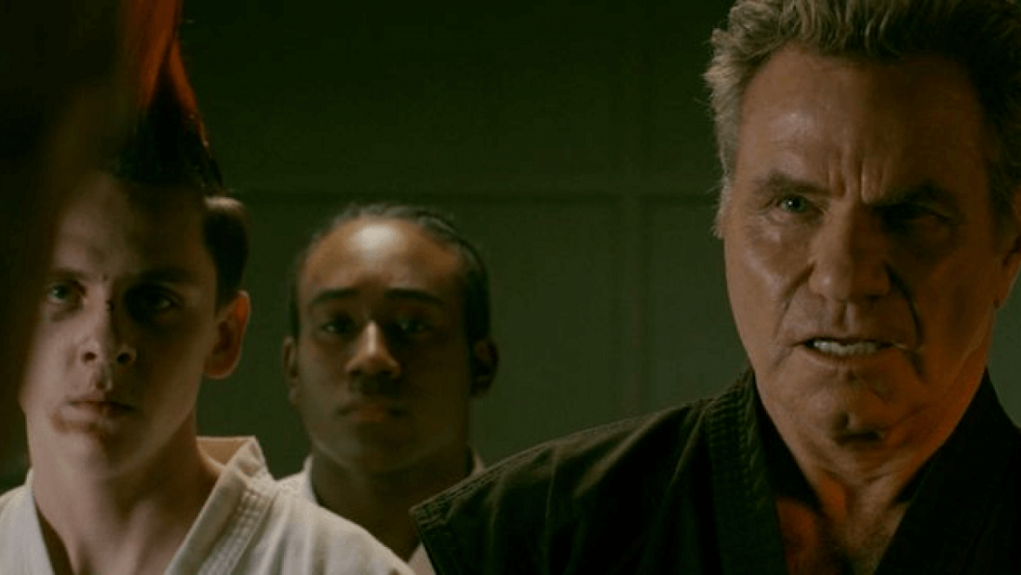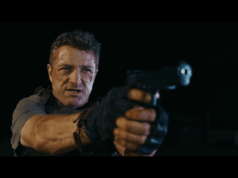‘Cobra Kai: Season 3’ entertains but goes overkill with the nostalgia
Season 3 picks up immediately after the events of the previous season with one of the members of Cobra Kai in the hospital and Miyagi-Do once again against the ropes. On the adult-level Johnny and Daniel continue their love-hate relationship, friend-enemy relationship throughout the entire 10-episode season.
However, with Creese back in the picture and fighting for control of Cobra Kai, Johnny and Daniel must decide whether they have enough in common to form a partnership, or if there disdain for one another is too much too overcome.
On the adolescent level, Miguel must deal with the physical and mental aspects of his accidents, while also deciding who his true sensi is – Johnny or Creese. Robby must confront his own demons and come to terms with what he has done, who he is, and who he might become; all the while looking outward at the three sensis, in search of a father figure. Daniel’s daughter, Sam, is experiencing a dose of PTSD after the school brawl and must look to herself, her father, and to the spirit of Mr. Miyagi for inspiration. All this with the ever-important All-Valley competition on the horizon.
Where the first two seasons work so well with mixing nostalgia as a nuance of the modern dilemmas the characters face, season 3 does not succeed; but nor does it fail. Like the Cobra Kai Dojo, season 3 is excessive. It leans heavily on the throwbacks and flashbacks. In fact, if you have never seen The Karate Kid II, don’t worry, season 3 of Cobra Kai shows enough of the movie in flashbacks to the fill the void of missing out on that very mediocre sequel.
The character relationships are very interesting and the character development continues in a fun, entertaining, and believable way, with Johnny continuing to be the most interesting and introspective member of the show. In additional, to its share of flashbacks from both the original and the sequel, season 3 brings back a treasure trove of characters from those two movies.
At times though, these re-hashes feel more like fan service and don’t serve the story in a meaningful way, at least as not as meaningful as the show would hope. Still, while excessive, they do prove satisfying to some degree.
Cobra Kai: Season 3 is immensely entertaining, yes. And for the over forty crowd, it does for nostalgia what The Wonder Years did for Baby Boomers. However, by leaning so much on the original 1980’s movies, Cobra Kai, much like Johnny, Daniel, Robby, Miguel, and Sam, struggles to find its own identity.
Gordon’s Score: 8/10








